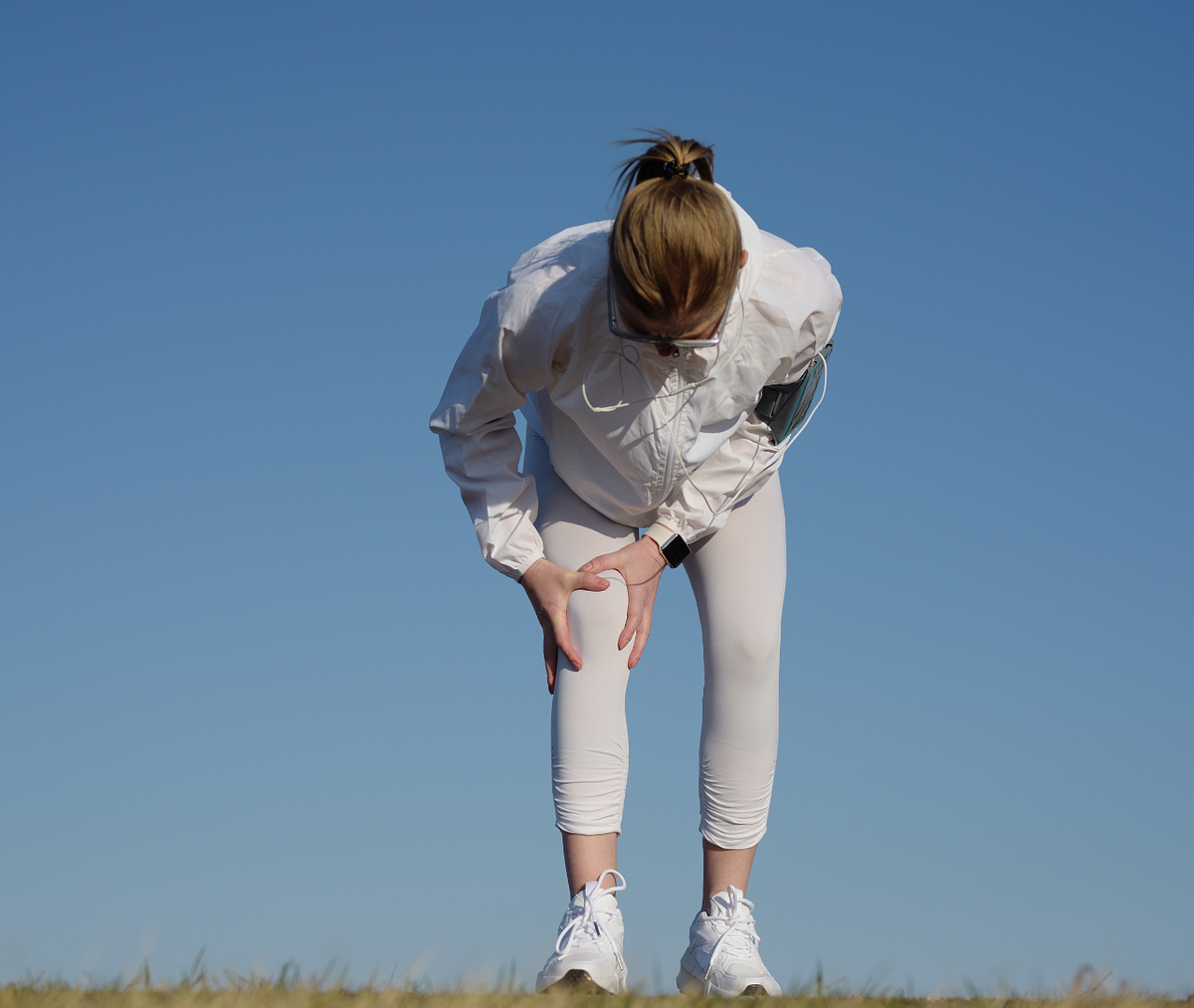Osteoarthritis (OA) is inevitable. We cannot completely stop the deterioration of our bodies, but we can delay it. However, the delay can be significant.
Additionally, OA is often asymptomatic. You may not experience knee pain until you have lived with OA for years.
If you currently do not have OA or symptoms of OA, you will know someone who does. It is one of the leading causes of disability in the world, and data shows that it only worsens.
The rates of obesity and metabolic diseases (e.g., diabetes) continue to rise and are directly related to the prevalence and progression of OA. It is inferred that some strategies to address these related issues will overlap.
So, how do you determine the best strategies to prevent knee OA?
One strategy for determining prevention strategies is to work backward from the symptoms that exist during active osteoarthritis. These symptoms can align with three main categories: biomechanics, psychology, and inflammation.
Osteoarthritis is not just wear and tear
Individuals suffering from knee OA have some degree of tissue damage. This tissue damage can occur due to mechanical "wear" such as the breakdown of subchondral bone. We also see ongoing low-grade inflammation in the synovial fluid, which provides nutrition and lubrication to the knee. Over time, cartilage loss occurs.
Where does psychology come into play? As OA progresses, self-efficacy decreases, leading to a negative domino effect. The progression of OA tends to result in more pain, stiffness, and reduced mobility, causing individuals to feel less confident and fearful of activity. The reduction in activity accelerates the decline in strength, power, and mobility.
Therefore, to prevent OA, it is essential to reduce joint load or improve joint integrity to maintain biomechanical joint health. Additionally, low-grade inflammation must be reduced to prevent the destruction of cartilage. Finally, you need to maintain or improve self-efficacy to promote physical activity...
